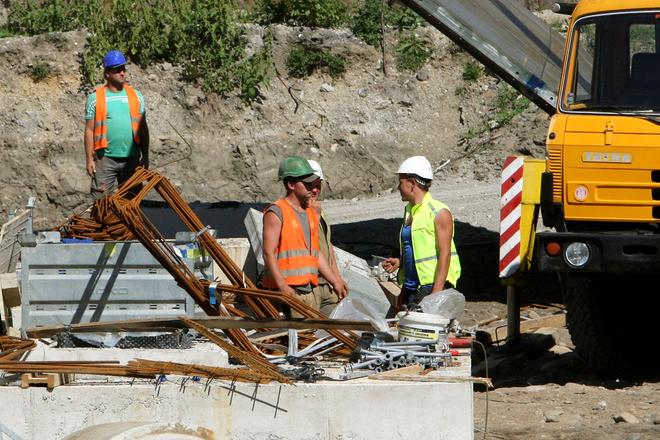Despite the fact that they do not live at home, Slovaks living abroad have still pumped a big pot of money into the Slovak economy. In 2016, they are expected to contribute almost €2 billion to the economy which is about 60 million more than in 2015, the World Bank stated in its new study about financial flow between migrants and their homelands, the Hospodárske Noviny daily reported.
While 280,000 Slovak citizens left the country for better working conditions within the EU, this number also includes family members who might not work. About 7 percent of the potential Slovak labour force works abroad and gets significantly higher wages than in Slovakia, said economist Vladimír Baláž from the Institute for Forecasting of the Slovak Academy of Sciences.
“An estimated 10 percent of Slovaks’ net income has its roots abroad,” Baláž told Hospodárske Noviny.
In comparison, the €2 billion (or 2.5 percent of Slovak GDP) which helps mainly households in regions with high unemployment has a more significant impact on the Slovak economy than money sent to Germany, France and Greece. People use the money for casual consumption, loan repayments and bigger investments, according to Jana Glasová, analyst with Poštová Banka.
However, Baláž pointed out that such money is only a complementary resource as the state really relies on the export of automobiles and consumer electronics.
“Countries such as Puerto Rico and Nepal, where a significant proportion of the population works in the Persian Gulf and sends money home, live from such money,” said Baláž, as quoted by Hospodárske Noviny.
Buildings, health and services
Part of the earnings comes to Slovakia mainly from neighbouring countries like the Czech Republic with 40,000 short-time Slovak migrants and Austria with 53,000 Slovak migrants, according to the Slovak Statistical Office (ŠÚSR).
Glasová explained that these two countries offer higher average incomes and are geographically close to Slovakia. In addition, while the Czech Republic has a lower price level and similar language and Austria attracts people with its high living standard, the trend of working there will continue, Glasová said.
Slovak citizens prefer jobs in foreign construction, health and service sectors including nurses in Austria and construction workers in the Czech Republic, Hospodárske Noviny wrote.
Most Slovaks abroad comes from the Prešov Region which is almost twice as many as from the Košice and Banská Bystrica regions. The region has long-term problems, people there do not see a future and prefer to move away, said Michal Páleník from the Employment Institute.
“While Košice pulls the Košice Region, the Prešov Region does not have such a typical puller,” Páleník told Hospodárske Noviny, adding that the economy of the region lives thanks to the city of Prešov and the High Tatras and their surroundings.
The regions with high unemployment may use received money for consumption and savings for the future, according to Katarína Muchová, analyst with Slovenská Sporiteľňa bank.
“The question is, to what extent can additional money from abroad reduce motivation to seek work in these regions,” said Muchová, as cited by Hospodárske Noviny.



